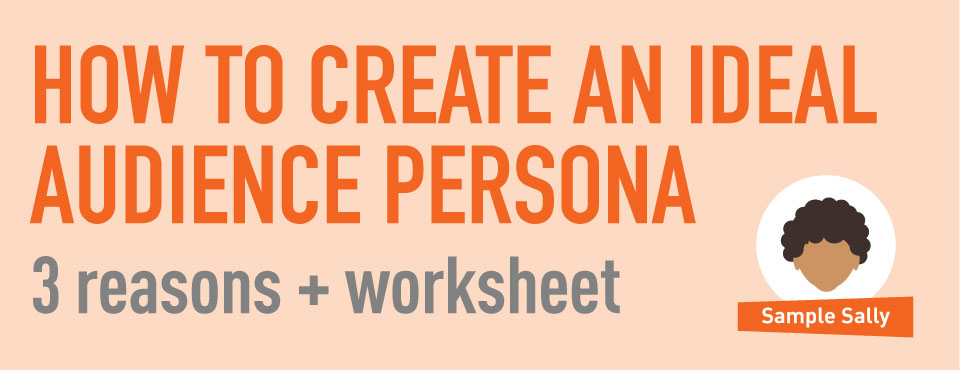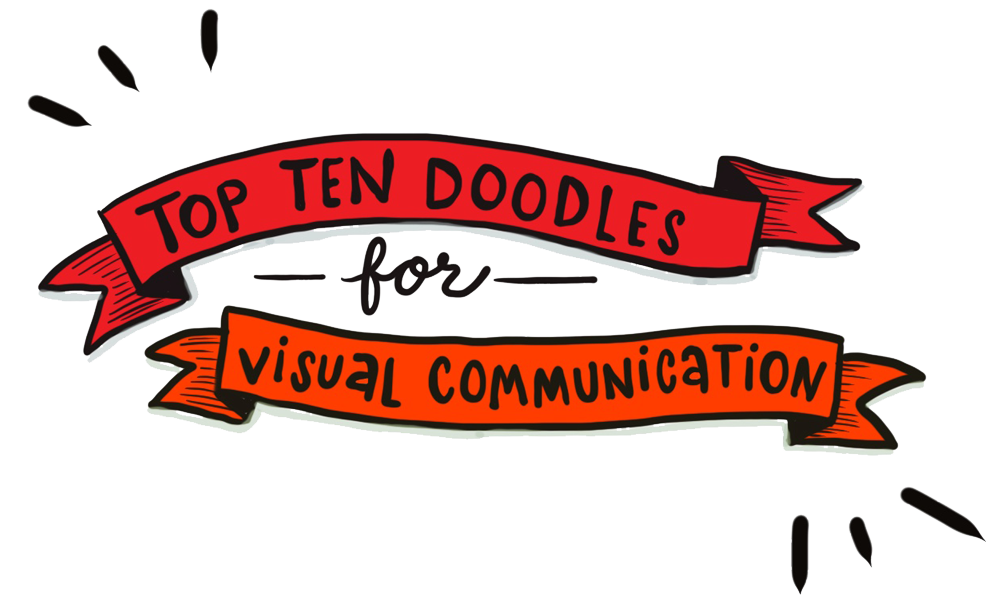Knowing who you are as an organization and how you are perceived is a critical part of the branding process. Once you’ve got a handle on your mission, vision, values, and messages (congrats!), you’ll want to start disseminating your brand identity to the world. But do you really know who you’re trying to reach?
A critical step in branding is becoming crystal clear about who your audiences are. The playing field needs to be narrowed so you can tailor how and what you want to communicate with them (and where).
Note: In addition to using phrases such as “key audiences” or “target audiences,” I’ll use those words interchangeably with PSIs (Participants, Supporters and Influencers), Kivi Leroux-Miller’s suggestion for a better turn of phrase from The End of the Target Audience at Nonprofit Marketing Guide.
Why Can There Be Only One?
There are several schools of thought about how to determine an ideal PSI, but the one I like is the simplest. It involves choosing one person, one individual, to represent your whole audience group, and all marketing messages are directed at that person. I know this is tricky, since nonprofits often have a highly diverse constituent base. But hang in there with me, because there are three really good reasons why choosing one individual to represent all PSIs works well:
1) If you can narrow communications so that you’re just communicating to one person, it’s much easier to communicate on a personal level, and your authentic brand identity—your character and personality—will shine through. You’ll avoid sounding too vanilla or corporate-y, and instead create engaging copy and design.
2) Personal and engaging communication has a better chance of resonating with an individual participant, supporter, or influencer than with the masses, so if you can gain him/her as a fan, s/he may influence others to follow suit with word of mouth, social media mentions, etc.
3) When your nonprofit gets used to communicating to your ideal PSI, it makes it easier for you to recognize your best audiences and focus on them. As communication naturally becomes more targeted, it also makes it easier for your most loyal fans and followers to recognize you as being the best choice for them in terms of donations, volunteering, and other types of support.
Do This!
Try this exercise with your colleagues to figure out that one type of person you’re trying to reach. If it’s impossible to limit it to just one, two to three personas will work. You’ll need my Ideal Audience Persona worksheet.
- Work as a group, or break into smaller groups if you have a larger team. This exercise is great to do in groups of 2 to 4 people
- Allow 10 to 15 minutes to complete this exercise
- The questions in the worksheet focus on goals, attitudes, and behaviors. You do not need to answer every question or fill in every line—pick the ones that seem most relevant in describing this person as a member of the larger group you are trying to reach
- Remind the group that a) the attributes you’re listing are fictitious, based on the best of your knowledge about each audience segment; and b) YOU/YOUR organization, by definition, are NOT the same as your audience
- Have a variety of magazines or catalogs available, plus tape and scissors, to clip and add a believable headshot for this person and make it more real (optional)
- Have a representative from each group present their Ideal Audience Persona. Compare the results and decide on one of the profiles or a combination of profiles as the Ideal Audience Persona for the organization
- Discuss the exercise as a group:
- Did any light bulbs go off?
- Does the group find that they feel closer to their Ideal PSI?
- Did a real understanding of the needs of your audience members sneak into the conversation?
- Does the group feel more focused about how to reach him/her, about how to assist him/her?
- What else did the group learn?
Marketing to Everyone = Marketing to No One
An Ideal Audience Persona represents the kind of person you want to communicate with. This can help you make marketing decisions that attract, inform, and engage—everything from which communications channels to use, to which words and graphics to choose, to how to set up your web pages—with that person in mind.
Did you try this exercise? What did you learn? What was surprising? Share your experience in the comments below.
Learn More!
For more on audience personas: Marketing persona templates: 10 options for nonprofit communicators.
[This article was previously published on the NTEN blog Connect for their issue on storytelling, June 2016]
Want more on Visual Communication and Visual Thinking? Here's some related content for you.
Brand Recipe E-Book
Take charge of your brand and achieve your marketing goals!
Stone Soup Creative will help you:
- Take control of your brand
- Stand out more in peoples’ minds
- Gain supporters’ trust (and money)
- Make your marketing efforts more effective

